Creation of Shots with VFX in Nuke (Spanish, Multisub)
Release date:2022
Author: Ramon Cervera
Skill level:Beginner
Language:English
Exercise files:Yes
Perfect the process to create computer-generated effects for cinema and TV
We are spectators of magical acts on a daily basis, whether it be on a small or big screen; The development of visual effects in film and television has reached levels that make it almost impossible for us to differentiate what is real and what is a visual illusion, and this is all thanks to VFX composers like Ramón Cervera, who, with more than 20 years of experience, has worked on over 80 films and series with Telson studio, generating the illusion that the entire image belongs to the original shooting.
In this course, you will learn in detail the entire process involved to make a VFX scene, from the original idea to the filming approach to the filming itself, and then focus on the post-production phase, more specifically in the composition with Nuke, where you will assemble all the elements, both filmed and digitally generated, to obtain a VFX scene that could be used in a movie or series.
About this course
You will begin by getting to know Ramón Cervera’s work and how he has become one of the most recognized composers and supervisors of Telson’s VFX. He will show you his reel with some of his most outstanding shots and will show you how some scenes that have been nominated in the Goya Awards for the Best Special Effects. You will discover his influences and get a brief overview of the evolution of VFX throughout history.
You will learn about the project on which you will work with Ramón, a blueprint of the series “Todo por el juego” by Daniel Calparsoro, with which you will learn how the pipeline works and the workflow of an audiovisual project.
You will see what pre-production consists of, from the script, the storyboard, and the references; continuing with the shooting, where you will get a detailed understanding of the role of a VFX supervisor.
Then, you’ll move onto the post-production phase of the plan, where you will learn to analyze the material and see how to distribute tasks within a production team.
Ramón will talk about Nuke, the industry’s standard software for creating digital effects. You will see how to download the program and you will learn, step by step, the basic notions of how it operates as you discover techniques and tricks that will make your work easier.
Once familiar with Nuke, you will continue with post-production, working with lens distortion (Undistort) and analyzing camera movement (Camera Tracker). Then, you will start to work on the composition of the plan on the scoreboard, you will change the publicity of the stadium, and you will integrate the 3D into your shot.
As last steps, Ramón will teach you how to do rotoscoping and will give you some ideas to give an original finish to your plan. You will perform the render and you will have your project ready for delivery.
By the end of this course, you will have learned to build a complex VFX plan where no one will notice that you have digitally intervened.
What is this course’s project?
Discover the workflow of an audiovisual production and the creation of a VFX scene from its conception until its arrival to the viewer.
Who is it for?
Creatives, cinema and TV lovers who are starting out in special effects, or those who want to delve deeper into the creation of computer-generated effects and have great interest in VFX processes.
What you need
Although Ramón will explain how to use Nuke step by step, you must have notions of how to use its interface and know concepts such as alpha, keyframes or color correction.
As for materials, it is essential to have a graphics tablet and a computer that meets Nuke’s minimum requirements (indicated on the Foundry website, from where you can download the program).



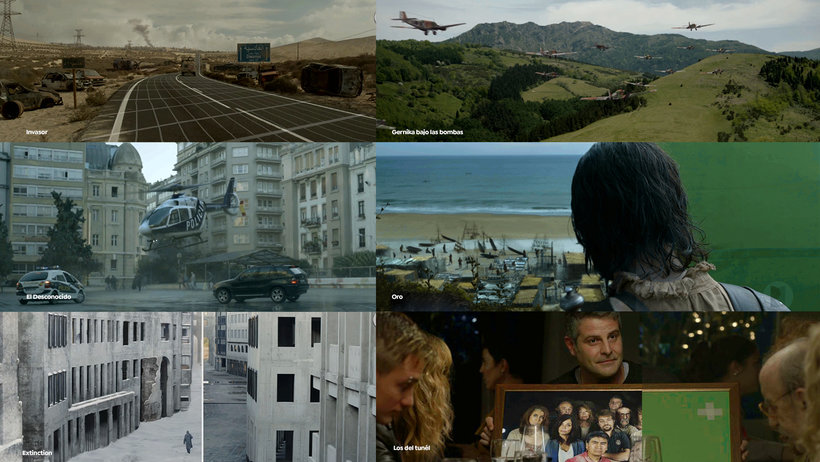

 Channel
Channel
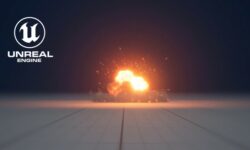
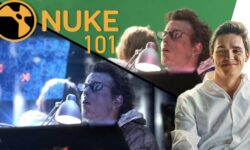
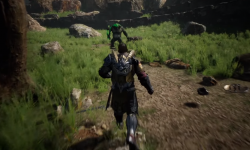
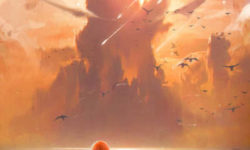
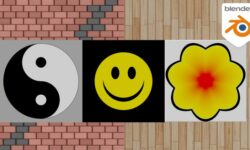

ADMIN PLEASE UPLOAD EXERCISE FILE
THANK YOU